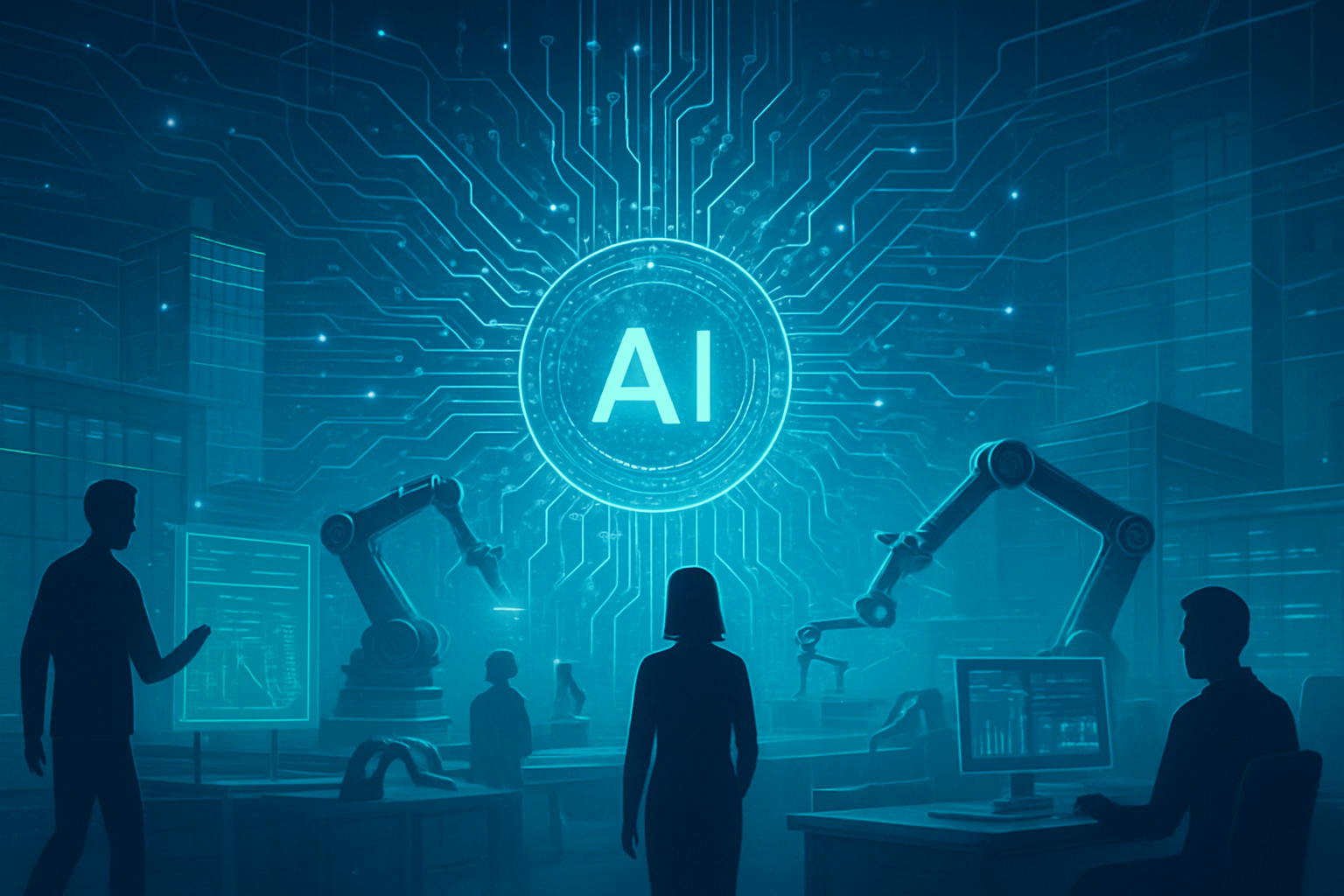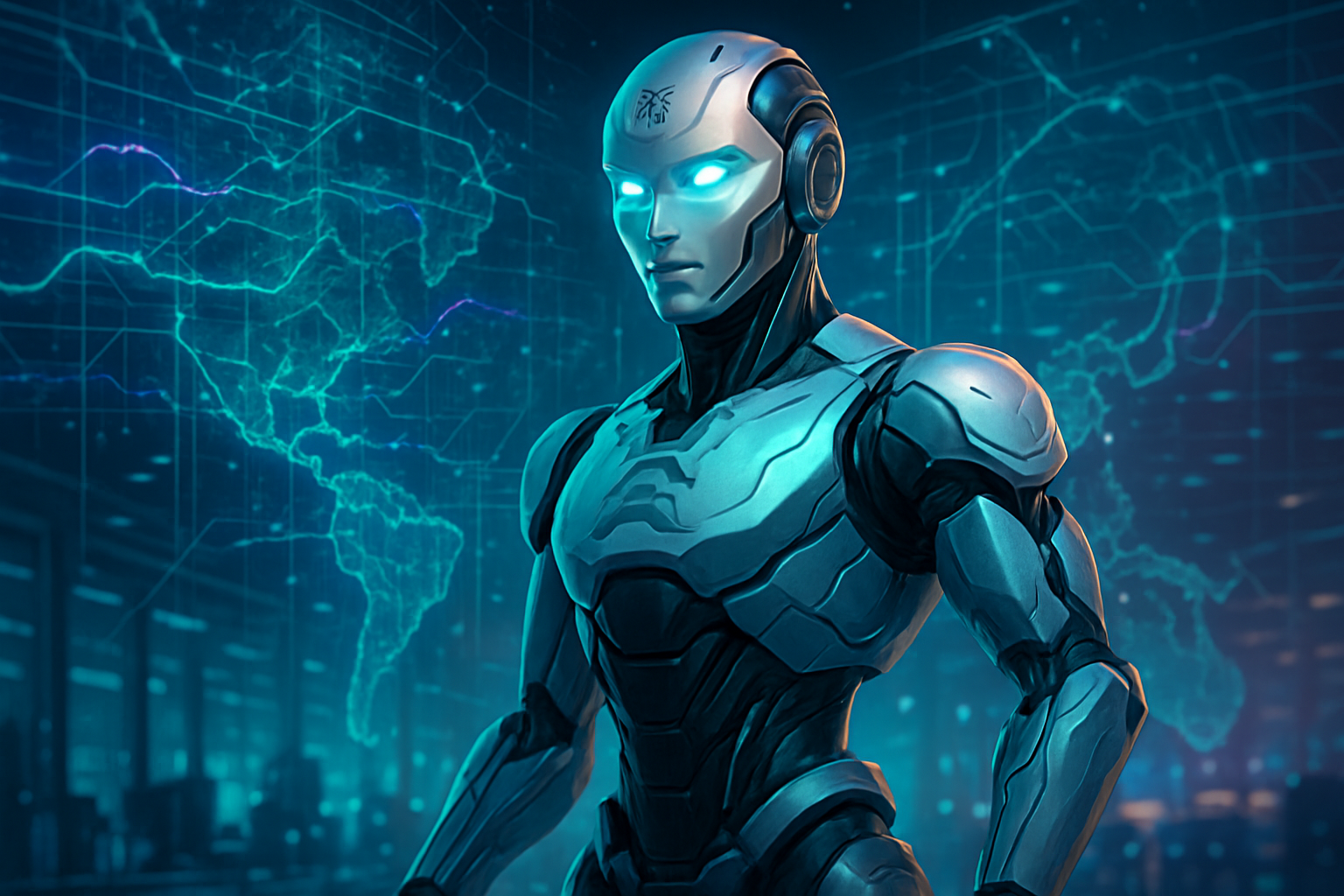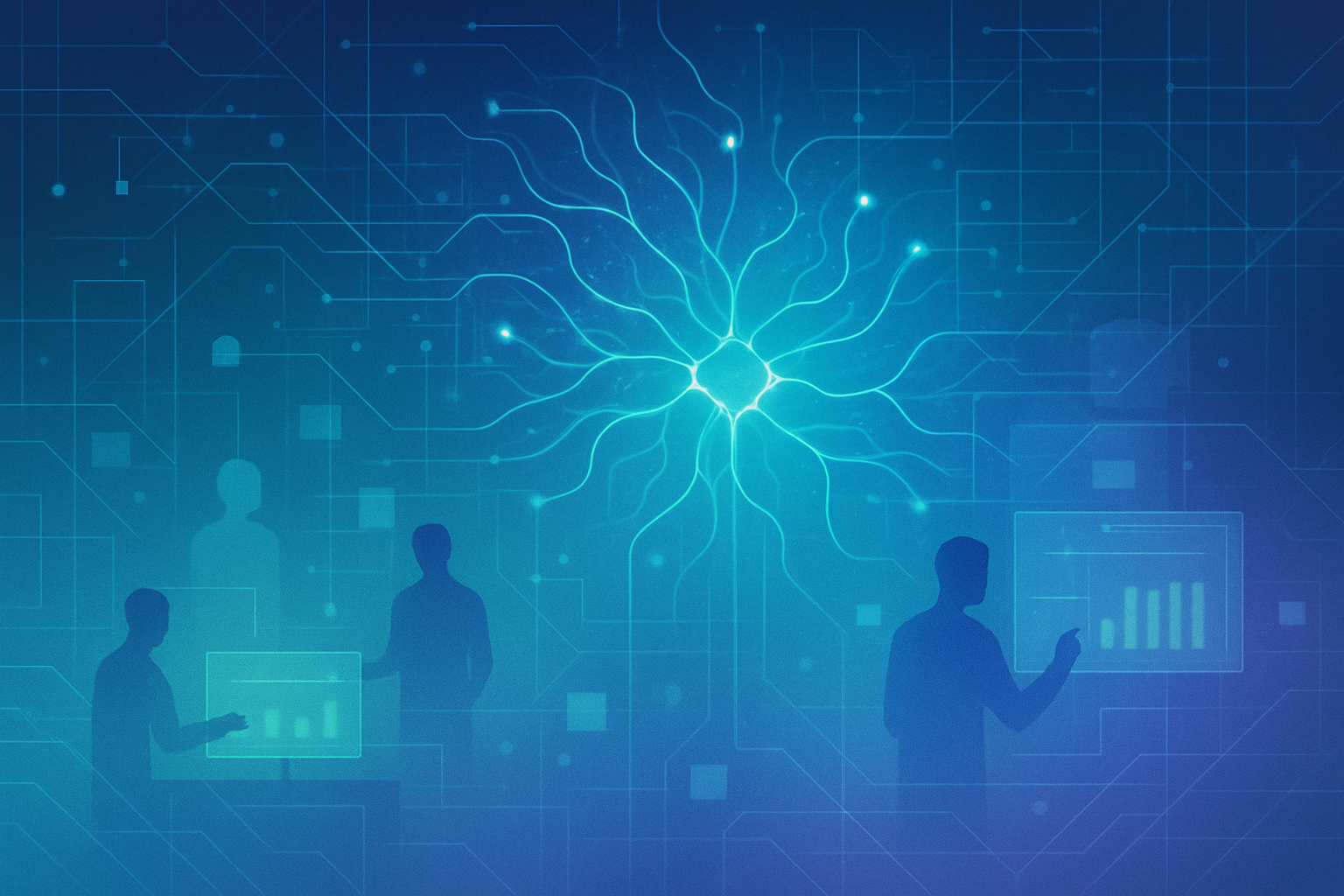The tectonic plates of the global labor market are shifting, and artificial intelligence is the primary force driving this transformation. Major employers, from e-commerce titan Amazon (NASDAQ: AMZN) to retail behemoth Walmart (NYSE: WMT), are actively recalibrating their workforces, embracing AI-driven efficiencies that are leading to significant job adjustments, including targeted cuts and stagnant headcounts, even amidst periods of revenue growth. This strategic pivot signals a profound redefinition of work, raising critical questions about the future of employment in an increasingly automated world.
The immediate significance of these developments is multifaceted. Companies are leveraging AI not merely for incremental improvements but for fundamental restructuring, aiming to become leaner, more agile, and ultimately more profitable. While executives often cite a desire for a "cultural shift" or a "leaner, flatter, and faster" organization, the underlying current of AI-driven automation is undeniable. This transformation is positioning AI integration as a hallmark of a forward-thinking business model, yet it simultaneously ignites a crucial debate about job displacement versus job creation and the imperative for widespread reskilling.
The AI Engine Behind Corporate Restructuring
The AI advancements driving these workforce changes are sophisticated and pervasive, moving beyond simple automation to intelligent systems capable of complex decision-making and optimization. Amazon, for instance, has been at the forefront of deploying over a million robots in its fulfillment centers, revolutionizing logistics and reducing the need for manual labor in repetitive tasks. More recently, the company announced substantial corporate workforce reductions, with figures ranging from 14,000 to potentially 30,000 jobs. While CEO Andy Jassy initially linked some reductions to "efficiency gains from using AI," later clarifications emphasized a "cultural shift" towards a more streamlined organization. However, other Amazon executives, like Beth Galetti, Senior Vice President of People Experience and Technology, have explicitly framed AI as "the most transformative technology we've seen since the Internet," necessitating a "leaner, with fewer layers and more ownership" structure. This suggests that while not every layoff is directly attributable to an AI system taking a specific job, AI's overarching influence on operational strategy and the desire for efficiency is a core driver. The affected roles include software development engineers, indicating that even highly skilled positions are not immune to AI-driven re-evaluation.
Walmart (NYSE: WMT), the largest private employer in the U.S., provides another compelling case study. Despite anticipating continued revenue growth, the company expects to maintain a flat global workforce of approximately 2.1 million employees over the next three years. This strategic decision is a direct consequence of integrating AI. Walmart recently eliminated around 1,500 corporate roles, particularly within its global technology division, U.S. e-commerce operations, and the Walmart Connect advertising unit, as part of a restructuring to "sharpen focus" and accelerate automation. The company has invested over $500 million in robotic systems and is expanding its use of AI-driven tools for inventory management, advertising campaigns, and supply chain optimization. These AI systems differ from previous approaches by offering predictive analytics, real-time adjustments, and automated task execution that significantly reduce the need for human intervention in planning and oversight. For example, AI-powered tools are streamlining tasks and reducing shift planning time for managers from 90 to 30 minutes. Initial reactions from industry experts highlight a recognition that this is not merely an economic downturn response but a fundamental, AI-accelerated shift in business models.
Competitive Edge and Market Repositioning
These AI-driven workforce adjustments are creating a new competitive landscape, with companies like Amazon and Walmart positioning themselves for long-term strategic advantages. Both companies stand to benefit immensely from enhanced operational efficiency, reduced labor costs, and the ability to scale operations with fewer human resources. For Amazon, a "leaner, flatter" structure enabled by AI can mean faster decision-making, quicker product development cycles, and a more agile response to market demands, reinforcing its dominance in e-commerce and cloud services (AWS). The strategic deployment of AI in its logistics, supply chain, and even corporate functions allows Amazon to extract more value from its existing infrastructure while potentially mitigating future headcount growth.
Walmart's proactive embrace of AI, even to the extent of maintaining a flat headcount amidst growth, signals a strategic pivot to optimize its vast retail empire. By leveraging AI for inventory management, personalized advertising, and supply chain efficiency, Walmart can improve customer experience, reduce waste, and enhance profitability. This move not only strengthens its market position against traditional retail competitors but also equips it to better compete with online giants like Amazon. The competitive implications for major AI labs and tech companies are also significant; the demand for enterprise-grade AI solutions, particularly in areas like multi-agent AI workflow orchestration and AI-powered development tools, will surge. Companies that can provide these robust, scalable AI platforms will gain a substantial advantage, potentially disrupting existing enterprise software markets. The strategic advantage lies in achieving greater output with fewer employees, a metric increasingly valued by investors and a clear path to sustained growth in a competitive environment.
Broader Implications for the AI Landscape and Labor Market
The workforce transformations at Amazon and Walmart are not isolated incidents but rather microcosms of a broader, accelerating trend across the AI landscape. This fits into the wider movement towards "intelligent automation," where AI is not just automating repetitive tasks but also augmenting human capabilities and, in some cases, entirely replacing roles that involve data analysis, decision-making, and even creative functions. The impact on the labor market is profound and dual-edged. On one hand, there is undeniable job displacement, particularly in administrative, clerical, and some operational roles. The sheer scale of these companies means that even marginal efficiency gains can translate into thousands of jobs either eliminated or not created.
On the other hand, AI is also creating new categories of jobs, such as Walmart's "agent builder" roles, focused on developing and managing AI tools. However, the pace and scale of job creation often lag behind displacement, and the skills required for these new roles are vastly different. This creates a significant challenge for the existing workforce, necessitating massive reskilling and upskilling initiatives. Walmart's investment of over $500 million in robotic systems and its commitment to one of the largest corporate AI training initiatives, aimed at reskilling its 2.1 million employees, underscores this imperative. Potential concerns include widening economic inequality if access to reskilling opportunities is uneven, and the societal challenge of managing large-scale workforce transitions. Comparisons to previous AI milestones, such as the advent of industrial robotics, suggest that while technology historically creates more jobs than it destroys in the long run, the transition period can be tumultuous and requires proactive policy and corporate strategies.
The Road Ahead: Evolving Work and Emerging Challenges
Looking ahead, the near-term and long-term developments in AI's impact on the workforce are expected to intensify. We will likely see continued refinement and broader deployment of AI tools across all facets of business operations, from customer service chatbots to sophisticated supply chain optimizers and even AI-driven content generation. This will lead to further evolution of existing roles, with many becoming "AI-augmented," where humans work collaboratively with intelligent systems. Experts predict a continued shift towards roles requiring uniquely human skills such as creativity, critical thinking, emotional intelligence, and complex problem-solving, which are harder for current AI to replicate.
Potential applications and use cases on the horizon include highly personalized customer experiences driven by AI, fully autonomous logistics networks, and AI-powered R&D that dramatically accelerates innovation cycles. However, significant challenges need to be addressed. The primary challenge remains the large-scale reskilling and upskilling of the global workforce to equip individuals with the skills needed for the AI-driven economy. This requires robust educational reforms, corporate training programs, and potentially new social safety nets. Ethical considerations around AI's impact on employment, algorithmic bias, and data privacy will also become increasingly critical. Experts predict that the future of work will be defined by continuous learning and adaptability, with a growing demand for hybrid skills that blend technical AI proficiency with human-centric capabilities.
A New Era of Work: Naving the AI Transformation
In summary, the workforce adjustments at Amazon and Walmart serve as a powerful harbinger of the AI transformation sweeping across industries. The key takeaways are clear: AI is not just a tool for automation but a strategic imperative driving fundamental corporate restructuring towards greater efficiency and agility. This shift, while promising significant benefits for companies in terms of profitability and competitiveness, also brings forth the critical challenge of job evolution and displacement.
The significance of this development in AI history cannot be overstated; it marks a transition from AI as a specialized technology to an embedded, systemic force reshaping the very fabric of work. The long-term impact will depend heavily on how effectively societies, governments, and corporations collaborate to manage this transition, investing in education, reskilling, and creating new economic opportunities. What to watch for in the coming weeks and months includes further announcements of AI integration by other major employers, the development of new AI-powered tools and platforms, and the ongoing public and policy debates surrounding the ethical and societal implications of a rapidly automating world. The era of AI-augmented and AI-transformed work is not just on the horizon; it is here, and navigating its complexities will define the next chapter of economic and social progress.
This content is intended for informational purposes only and represents analysis of current AI developments.
TokenRing AI delivers enterprise-grade solutions for multi-agent AI workflow orchestration, AI-powered development tools, and seamless remote collaboration platforms.
For more information, visit https://www.tokenring.ai/.


